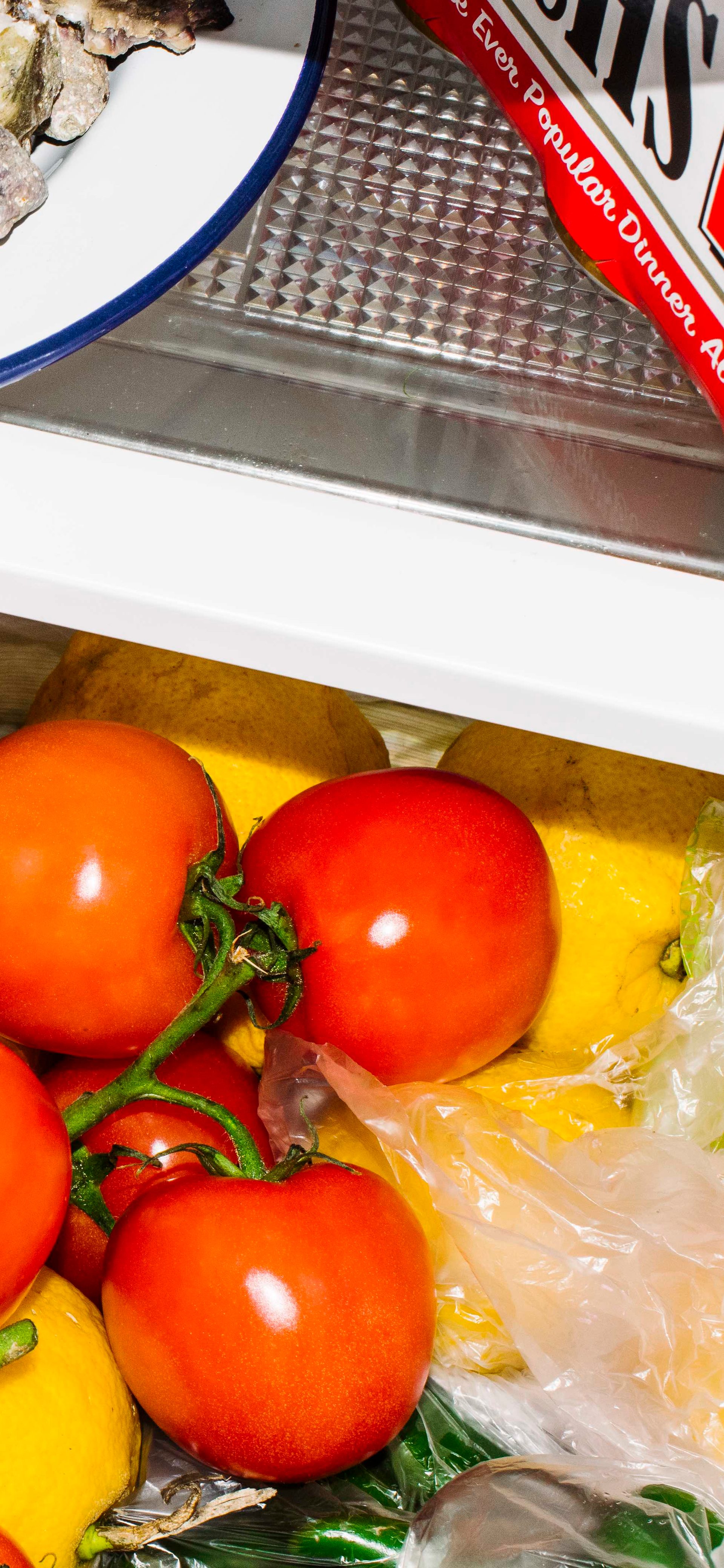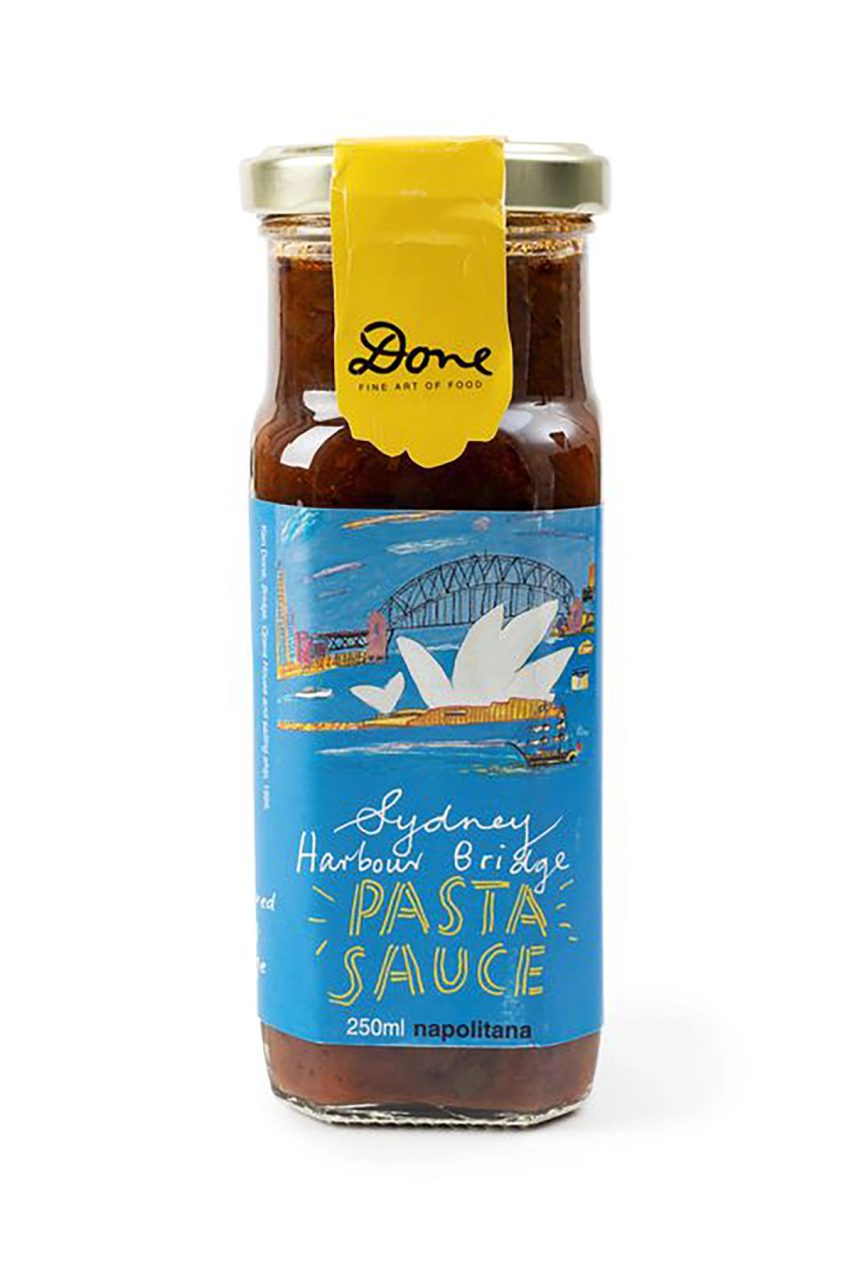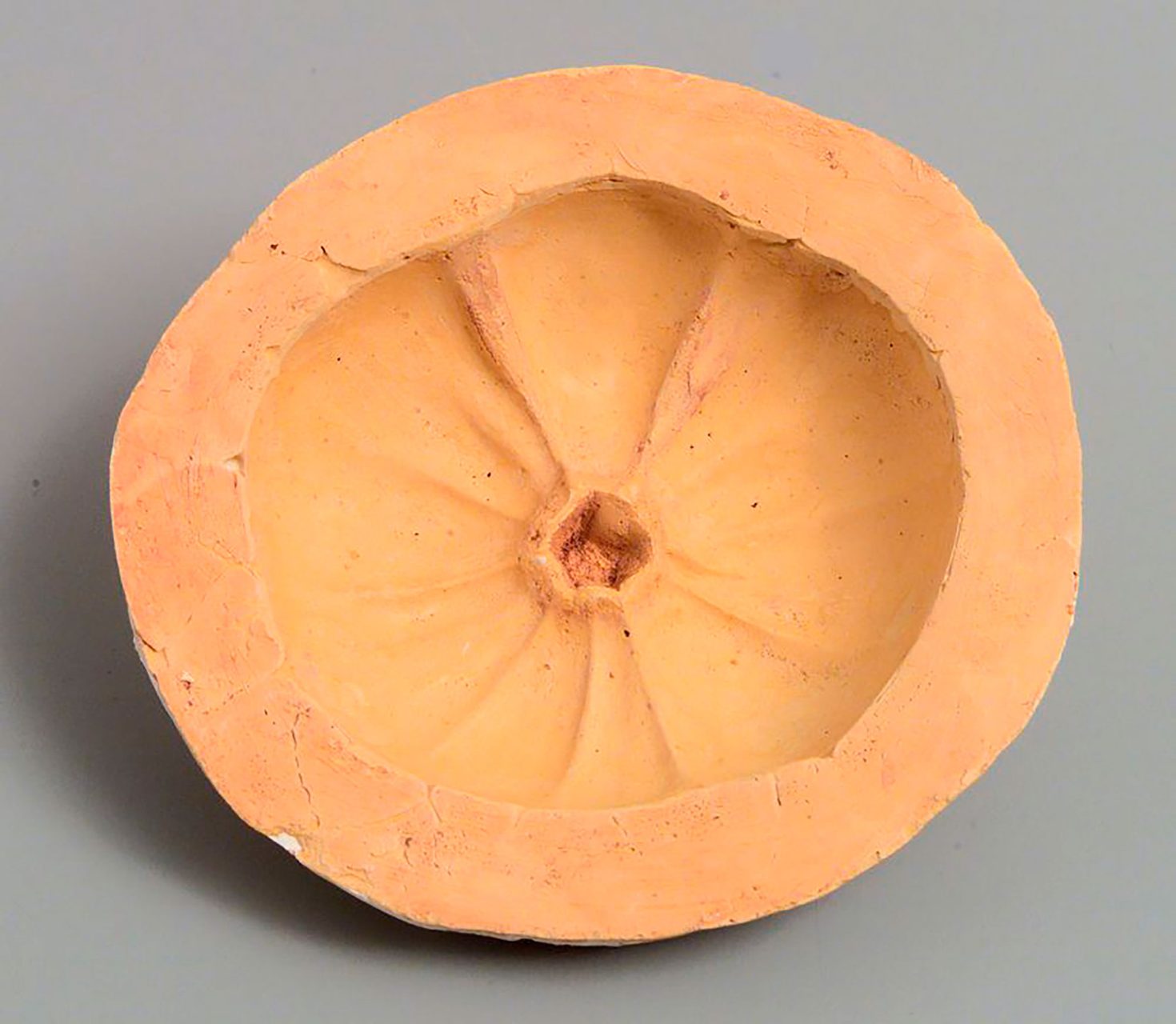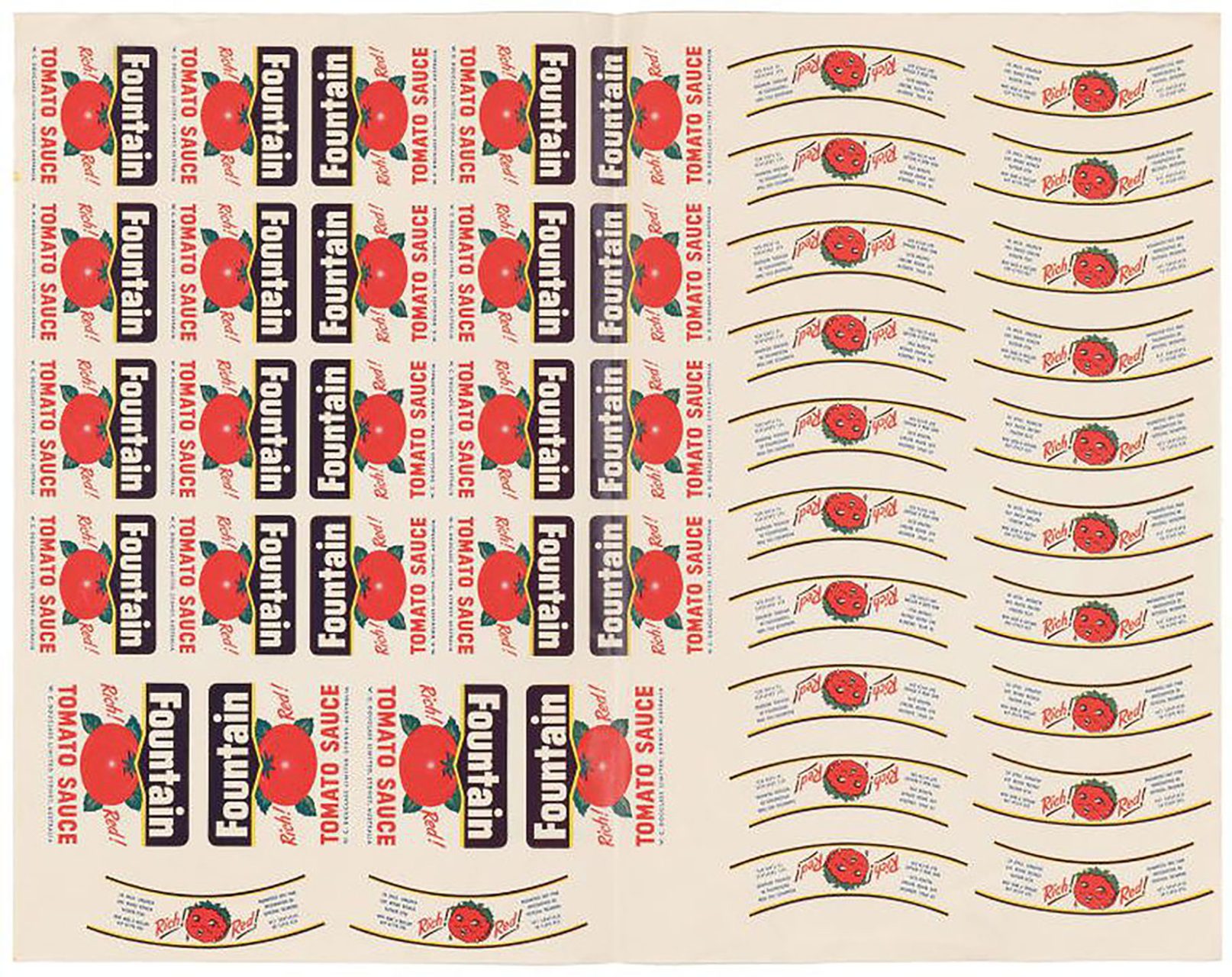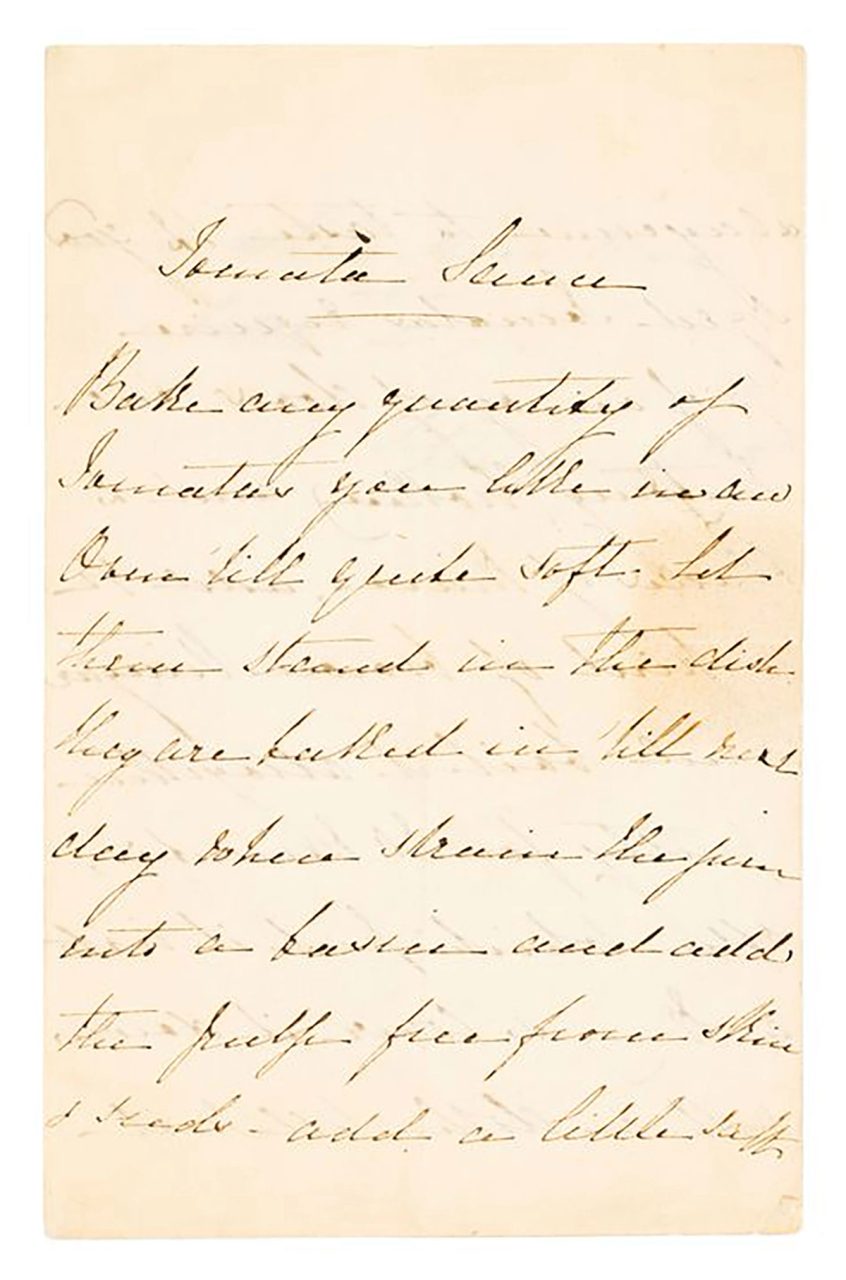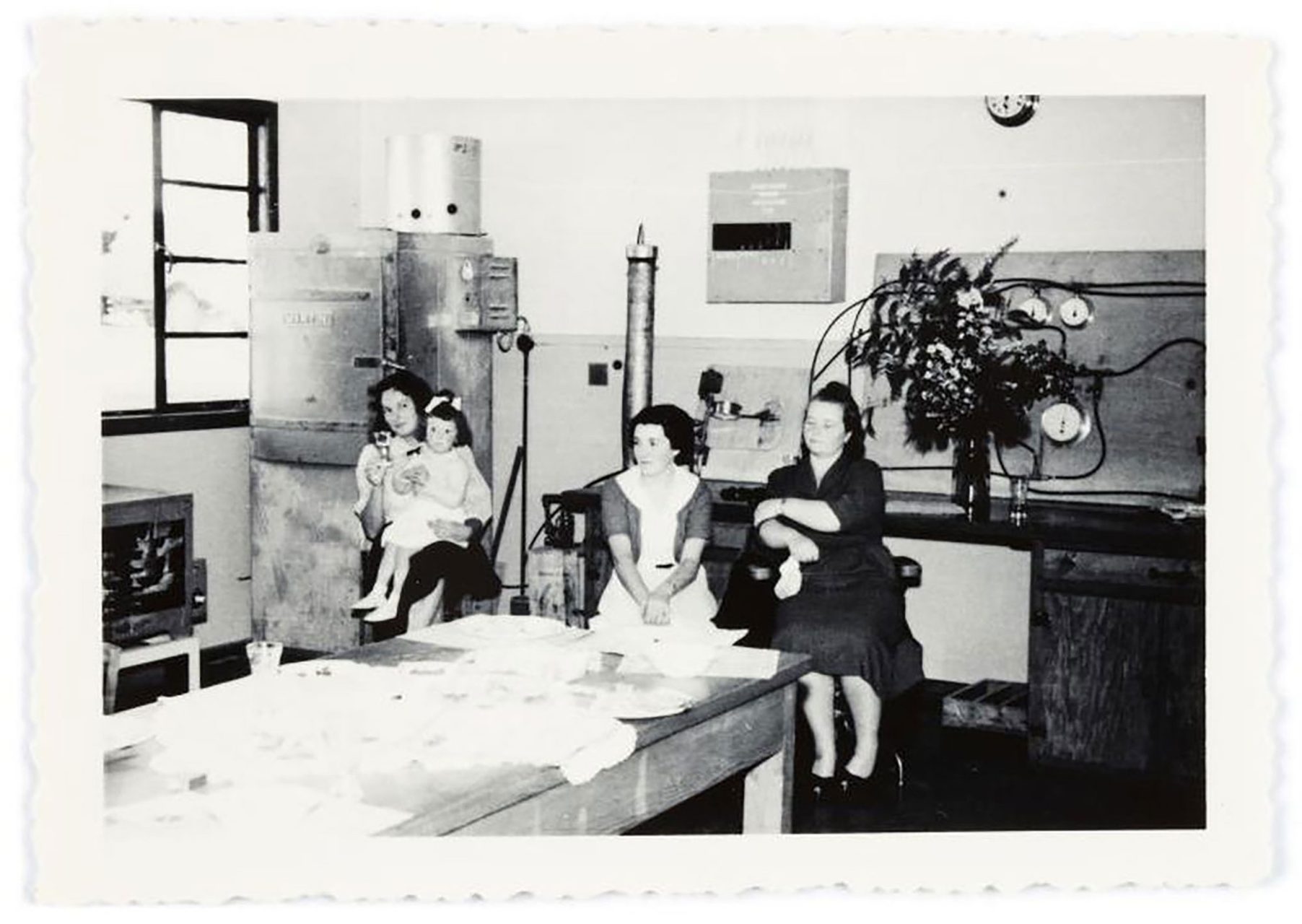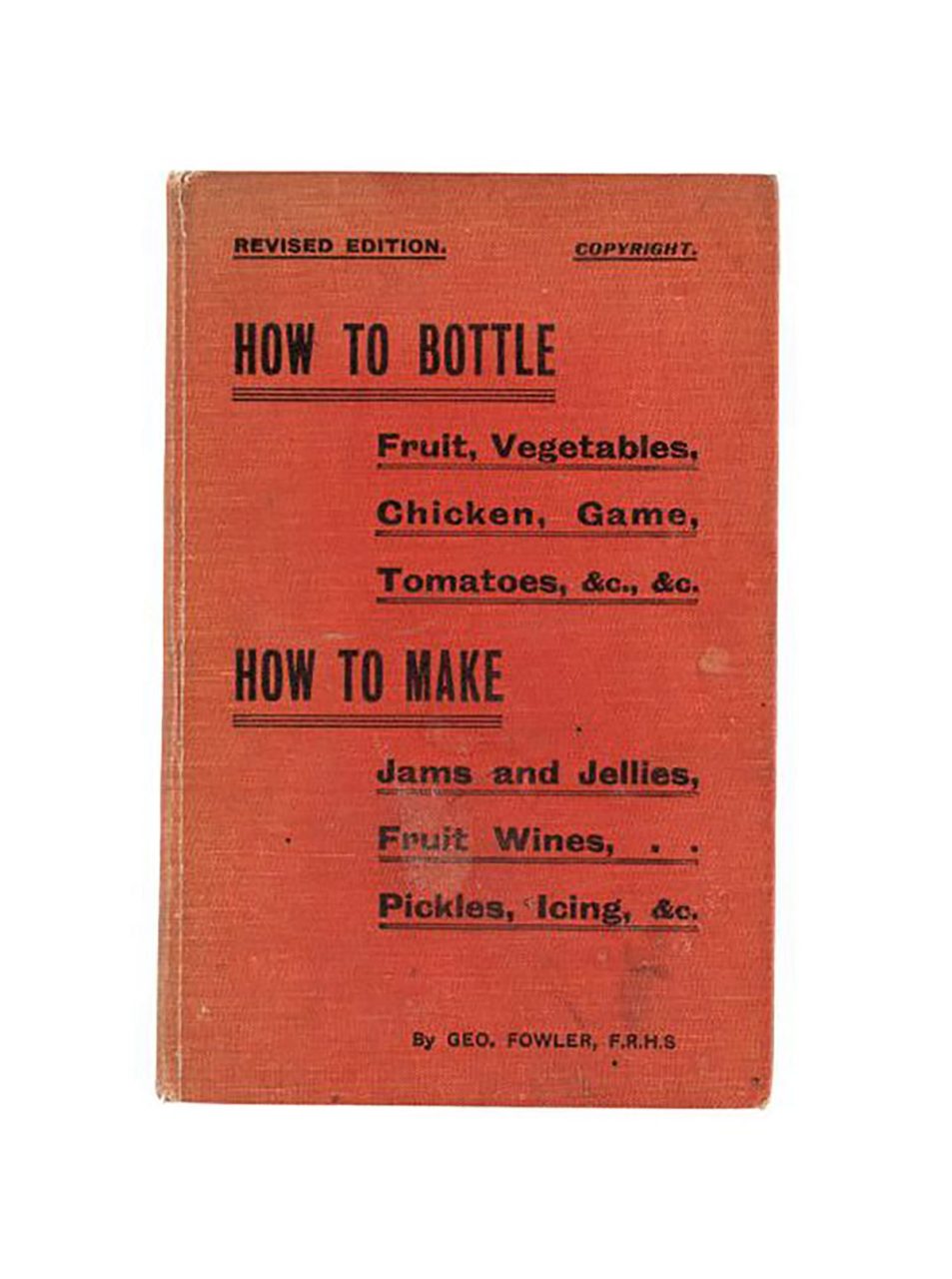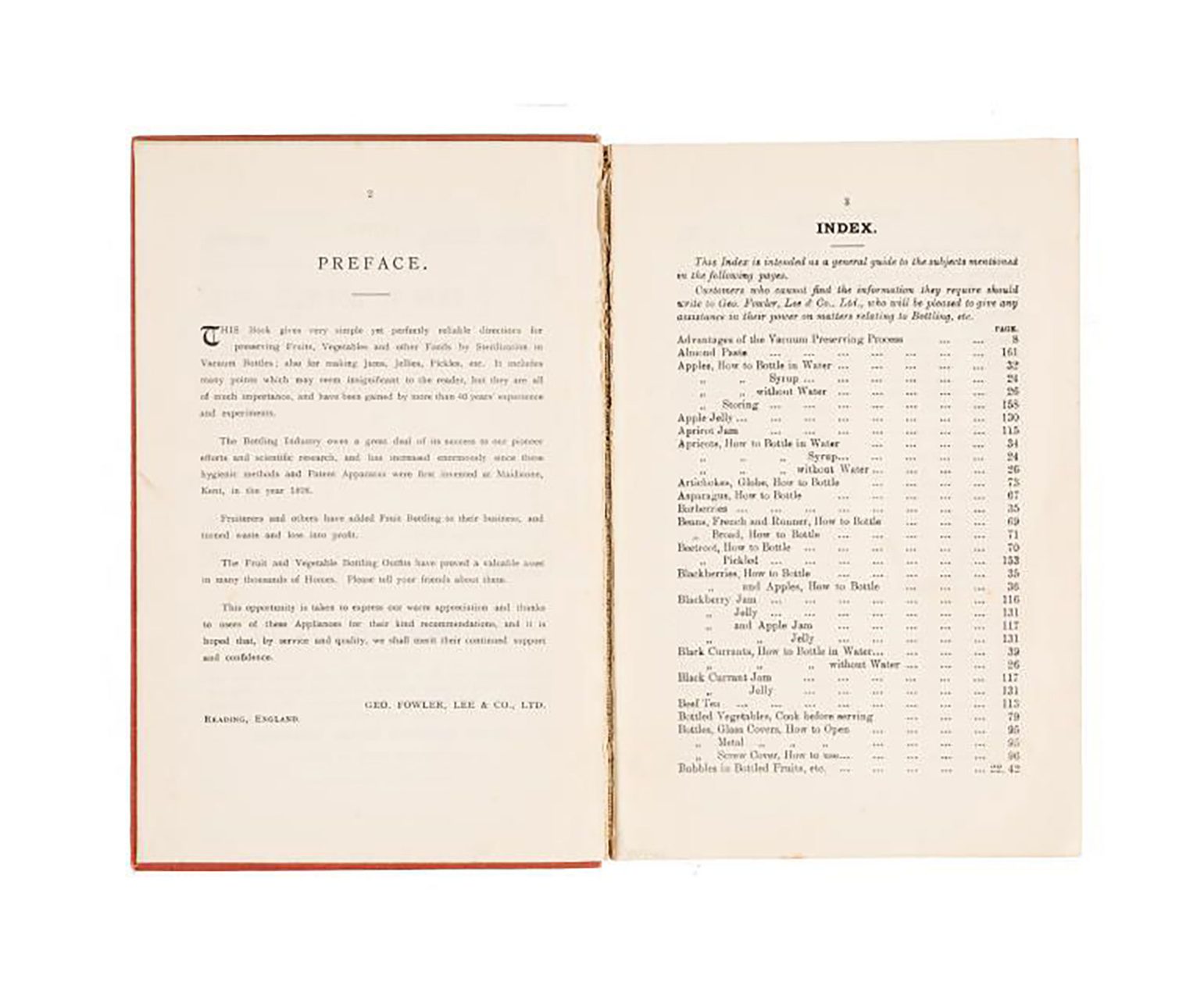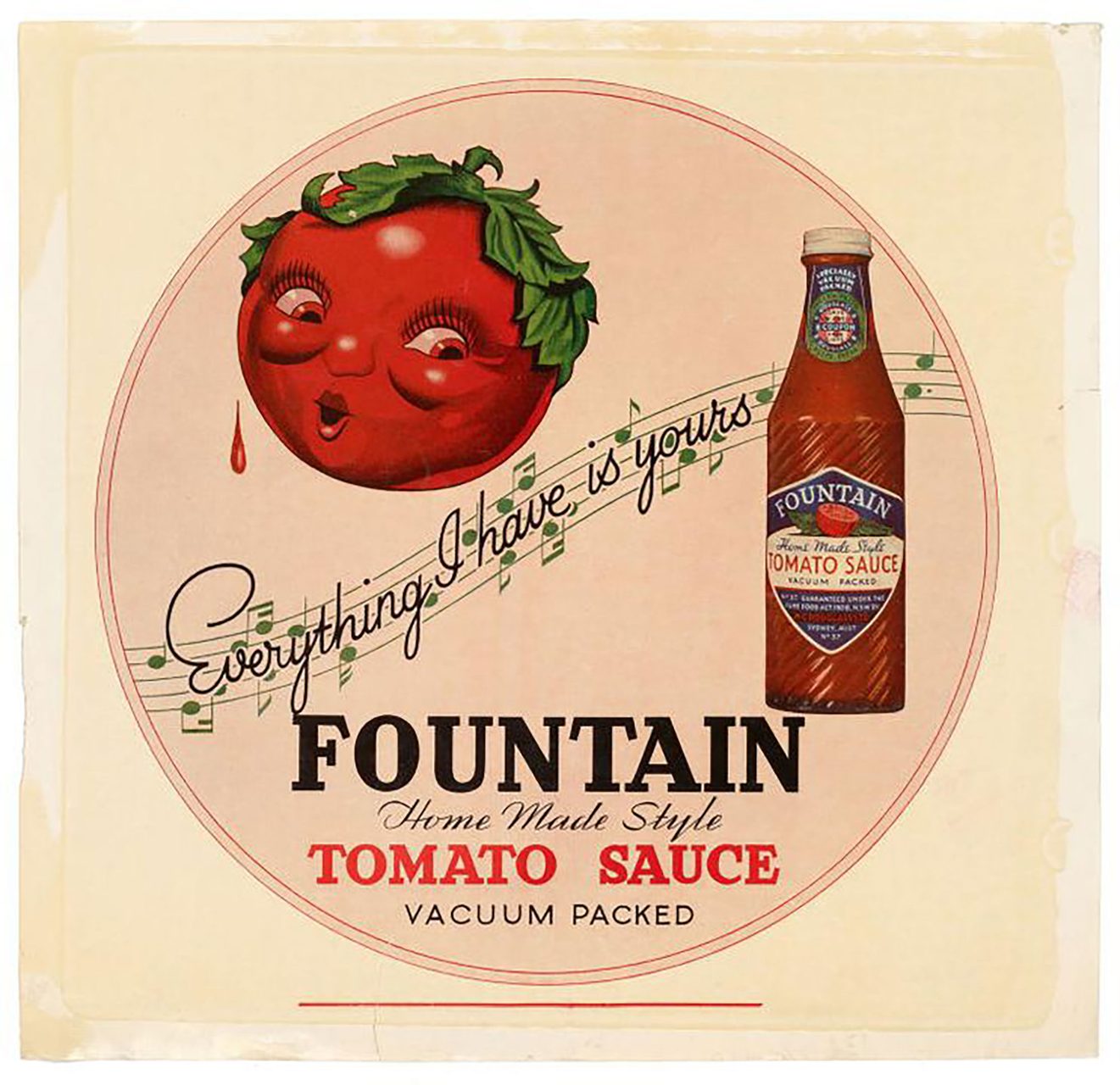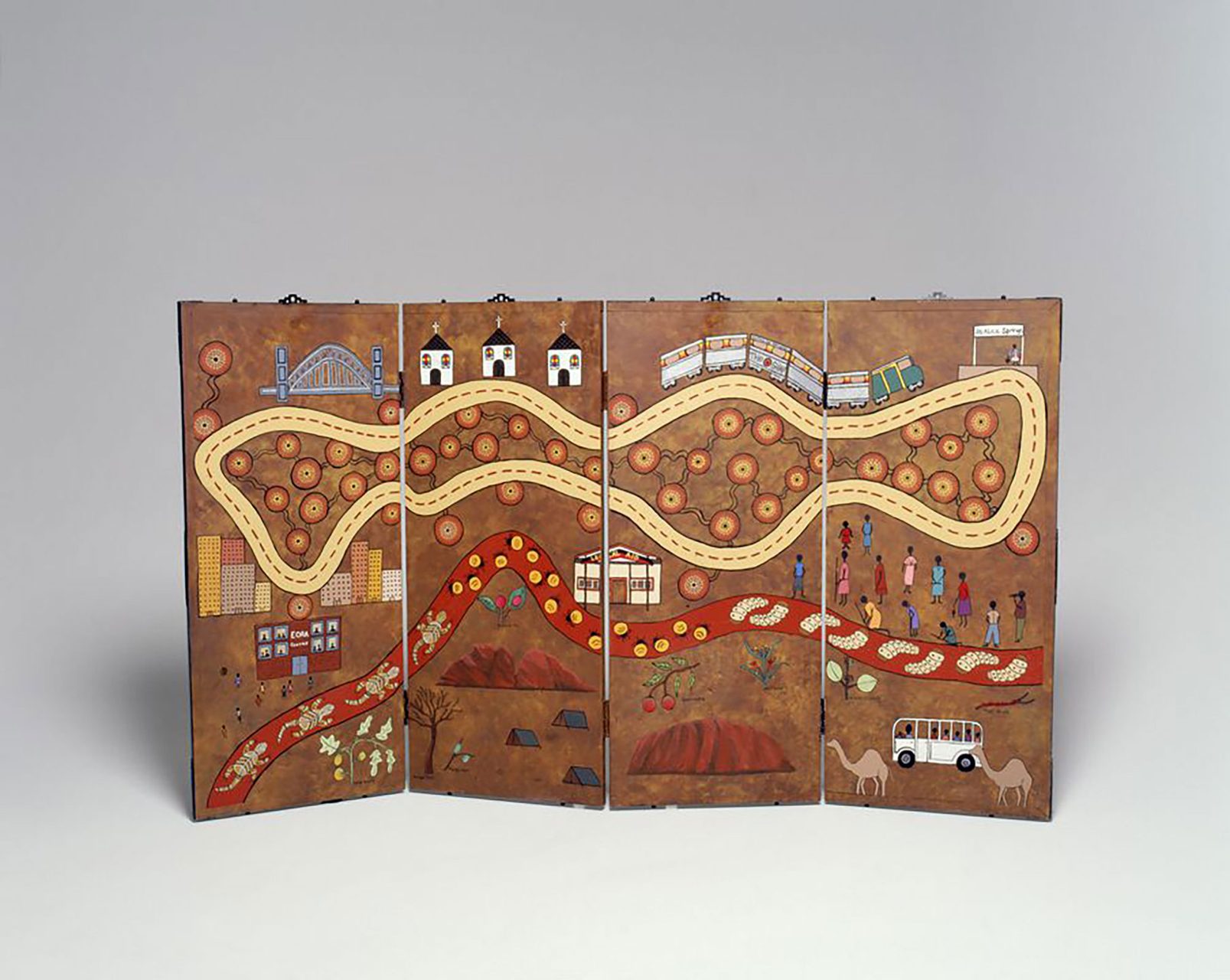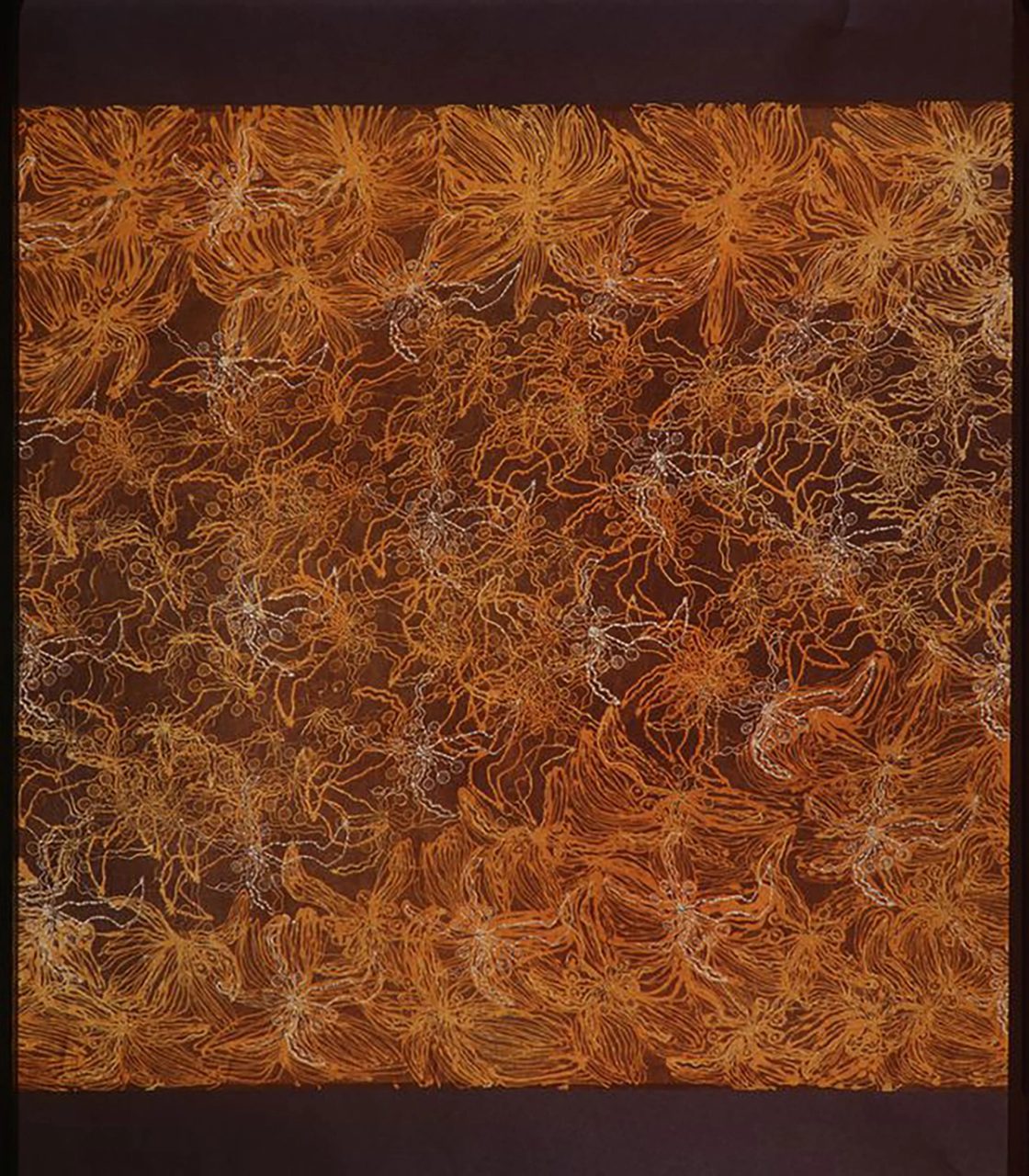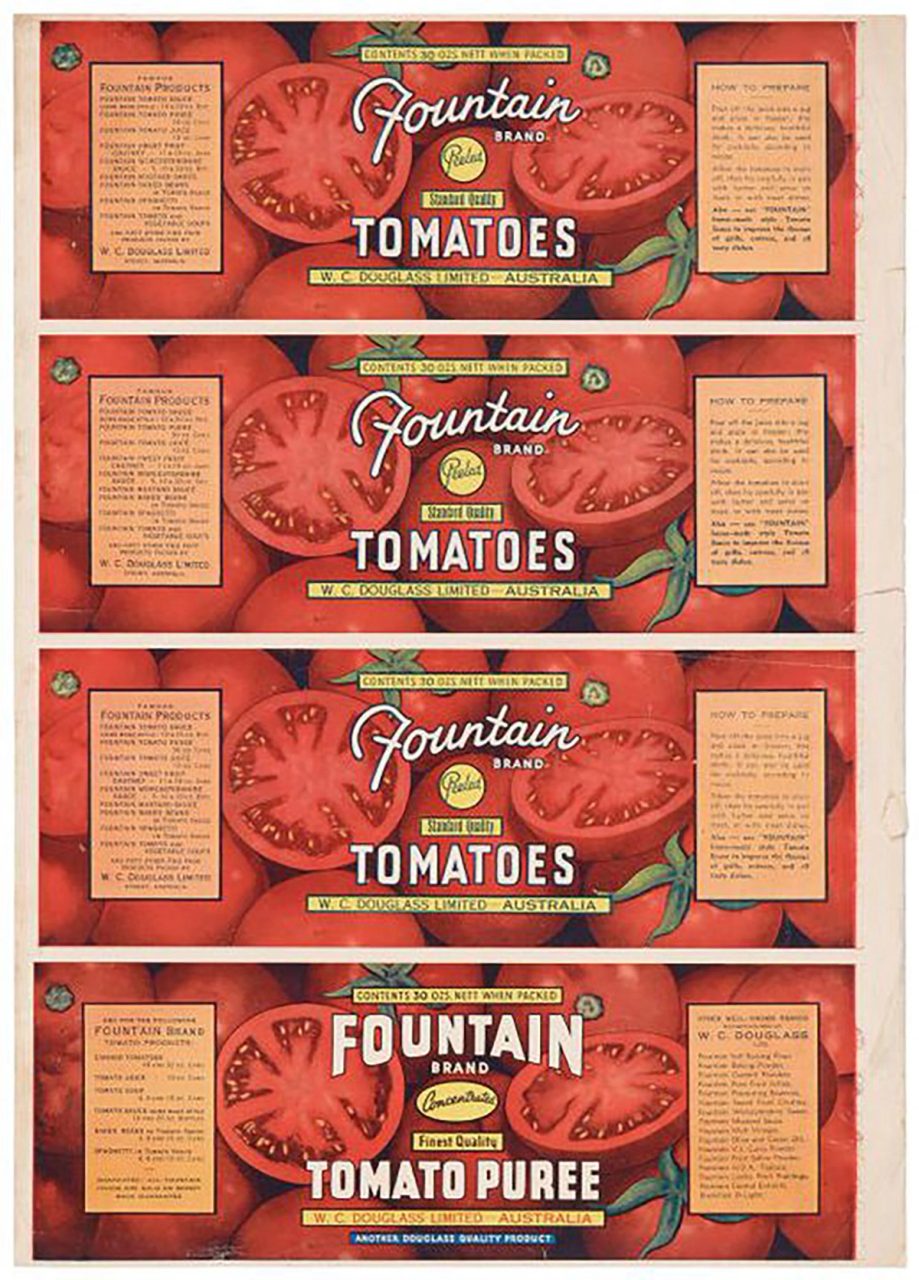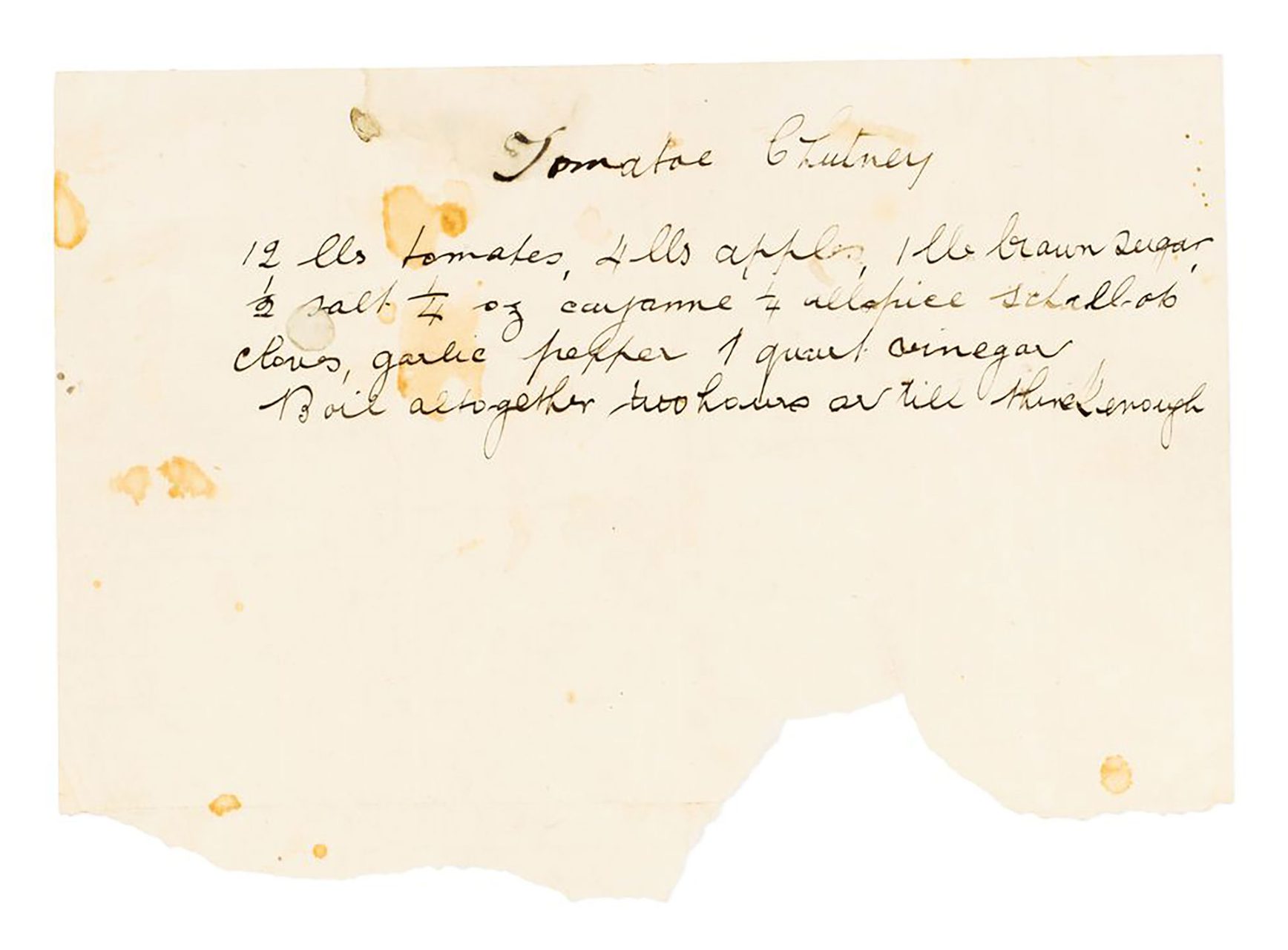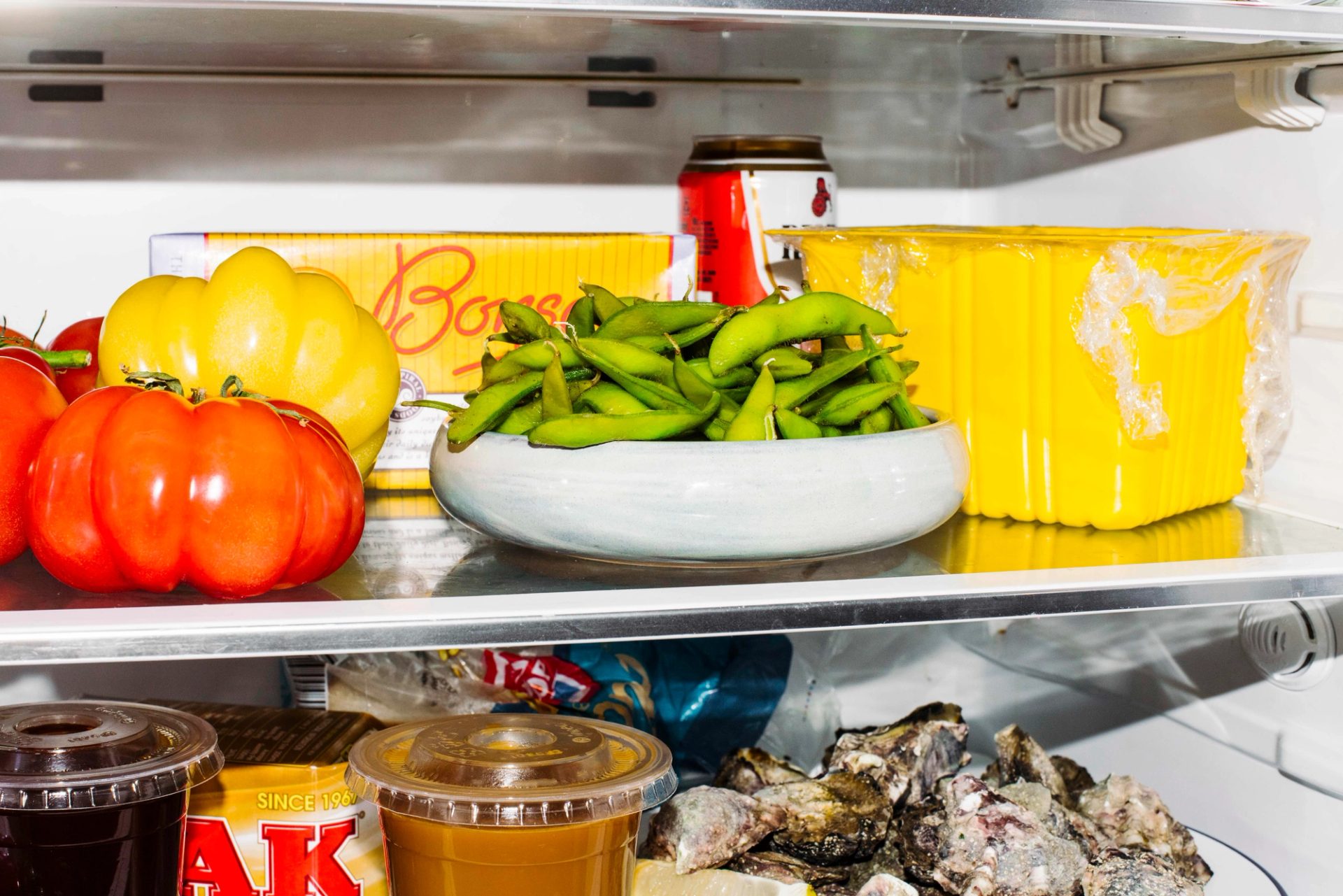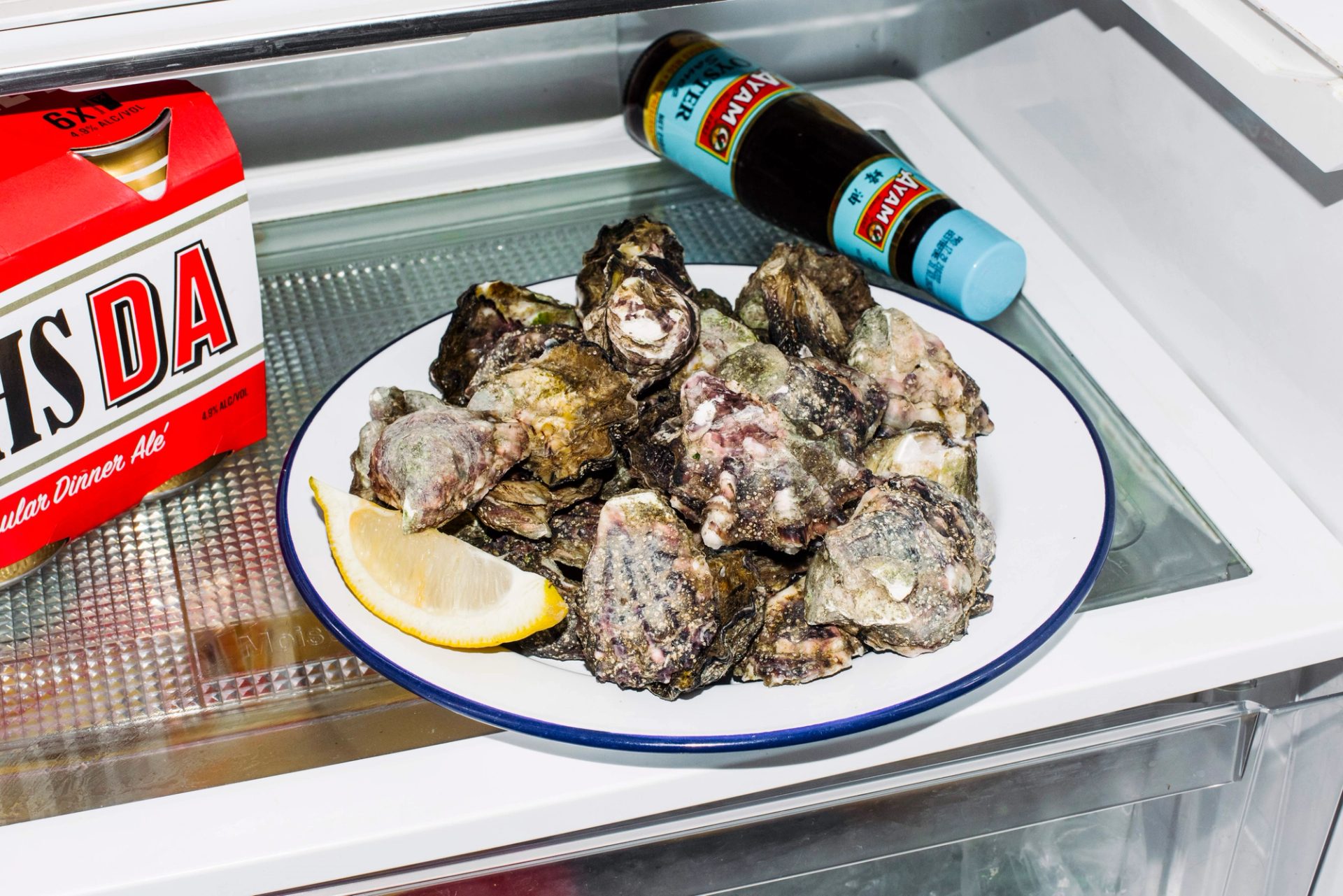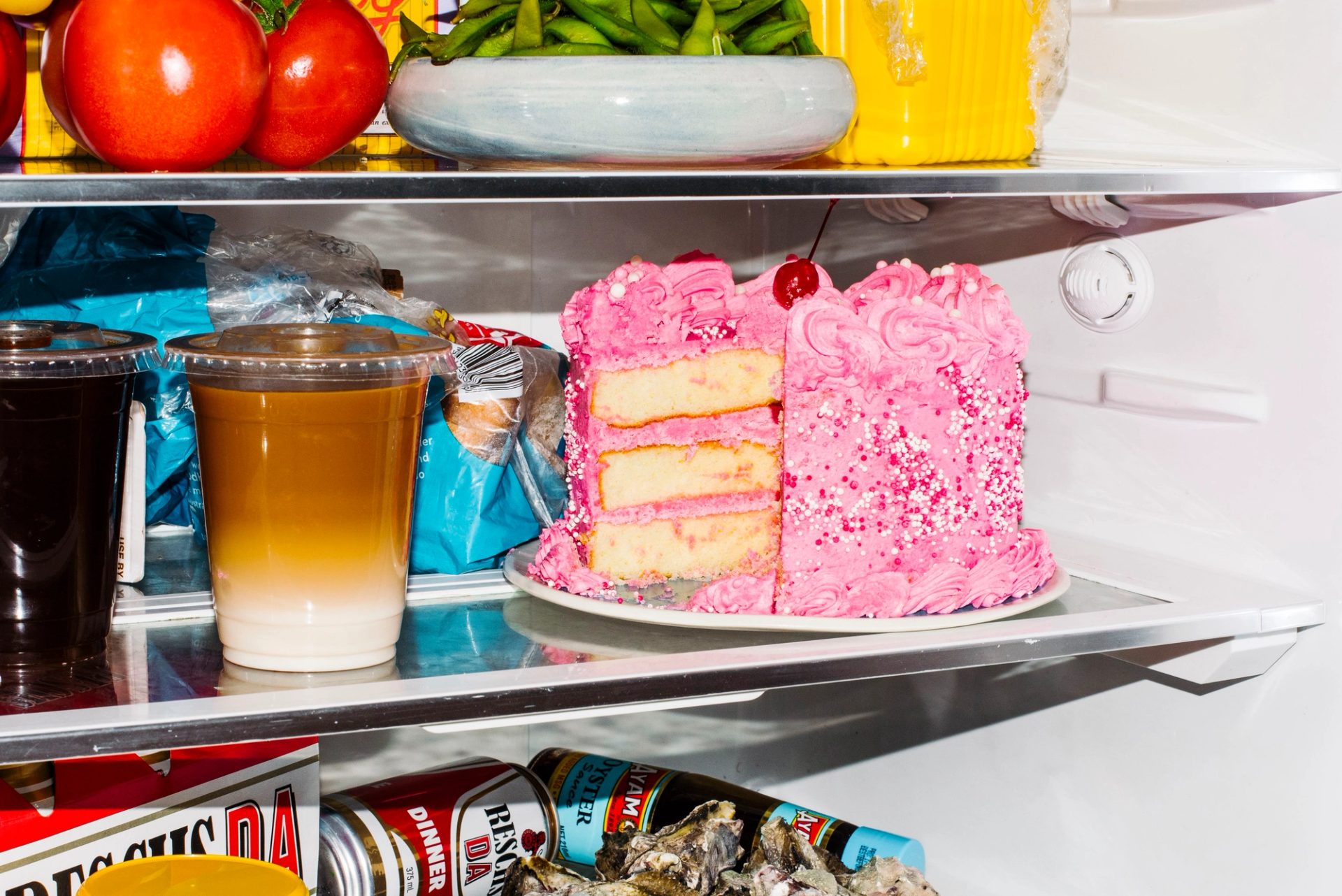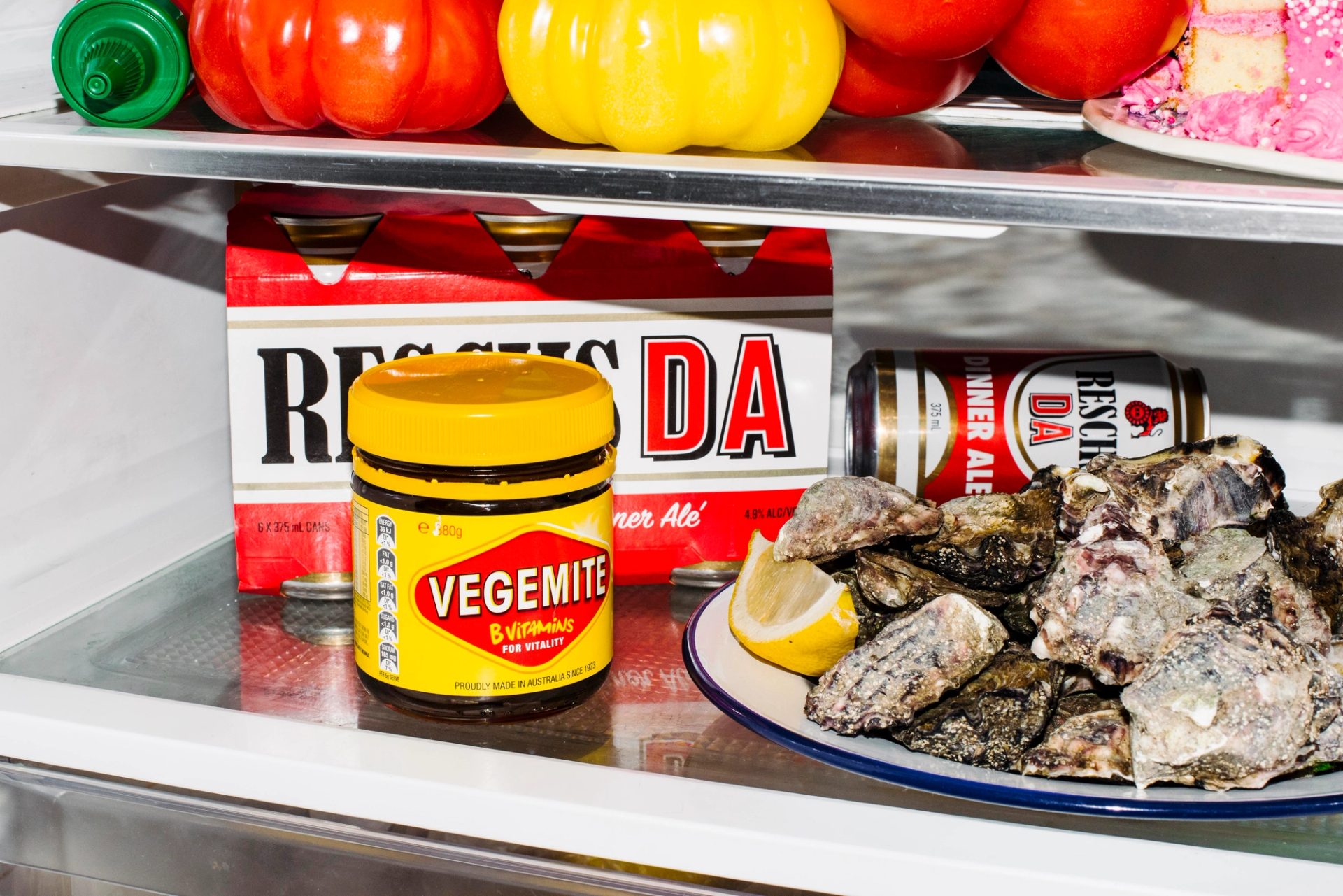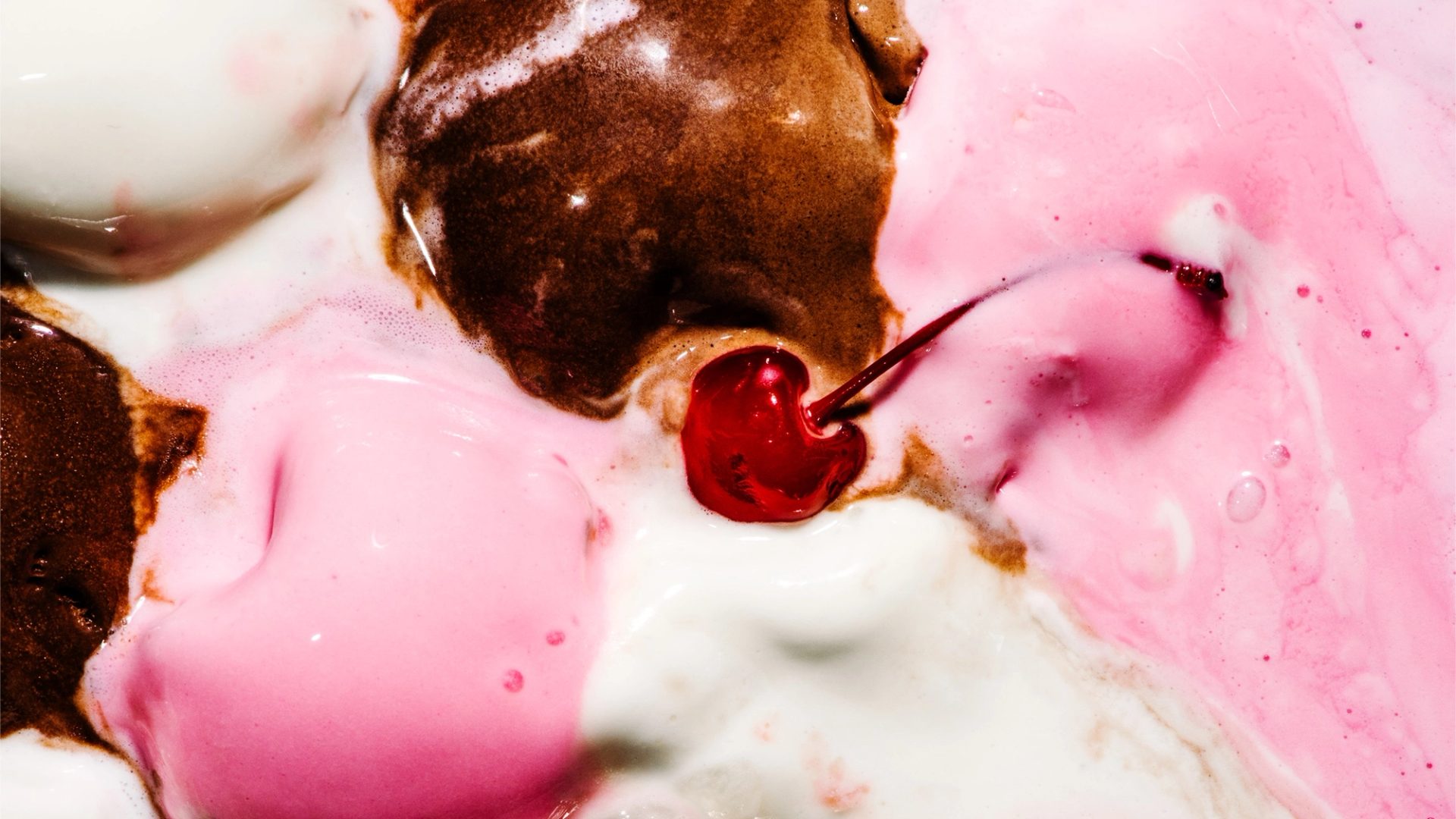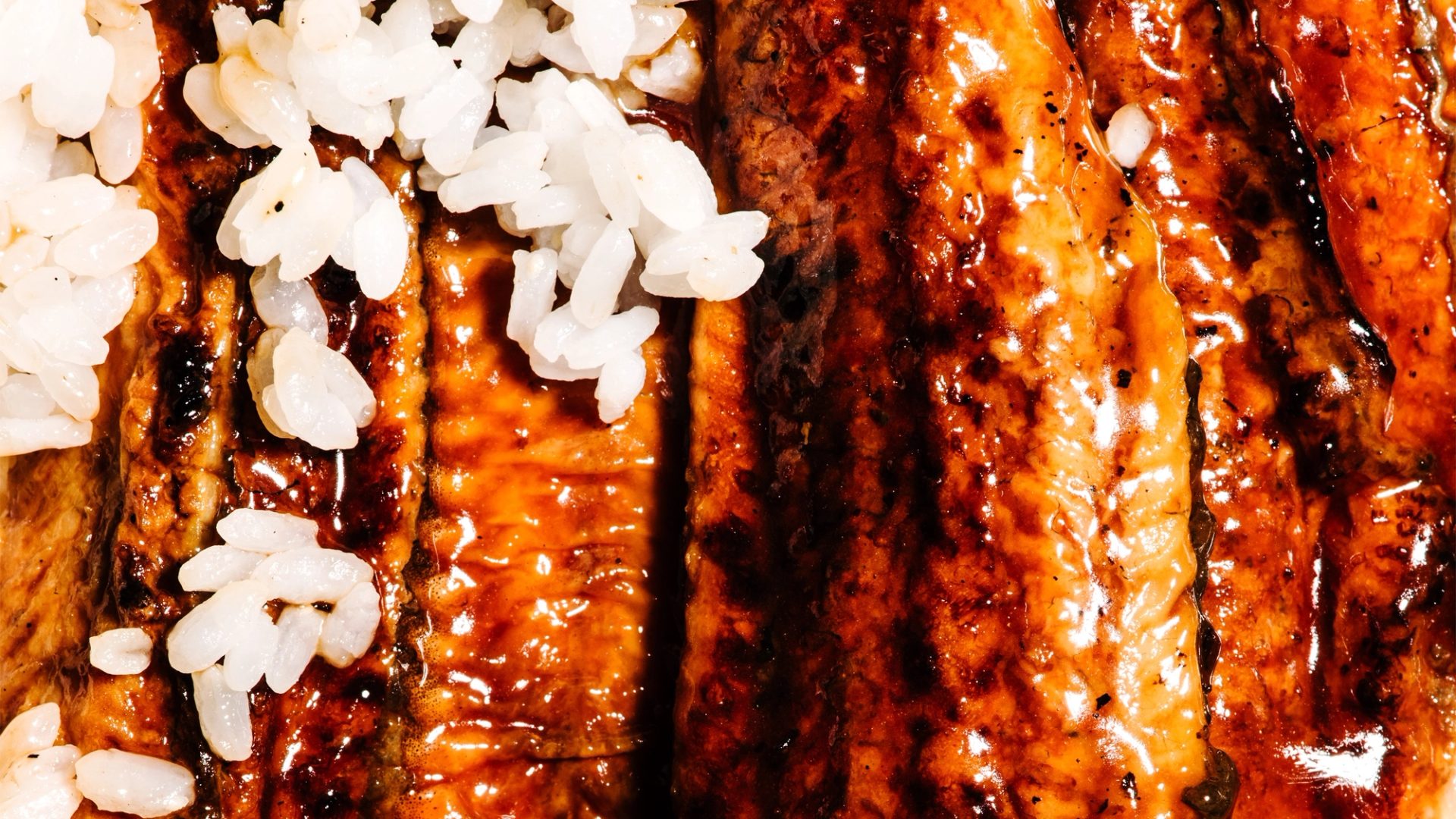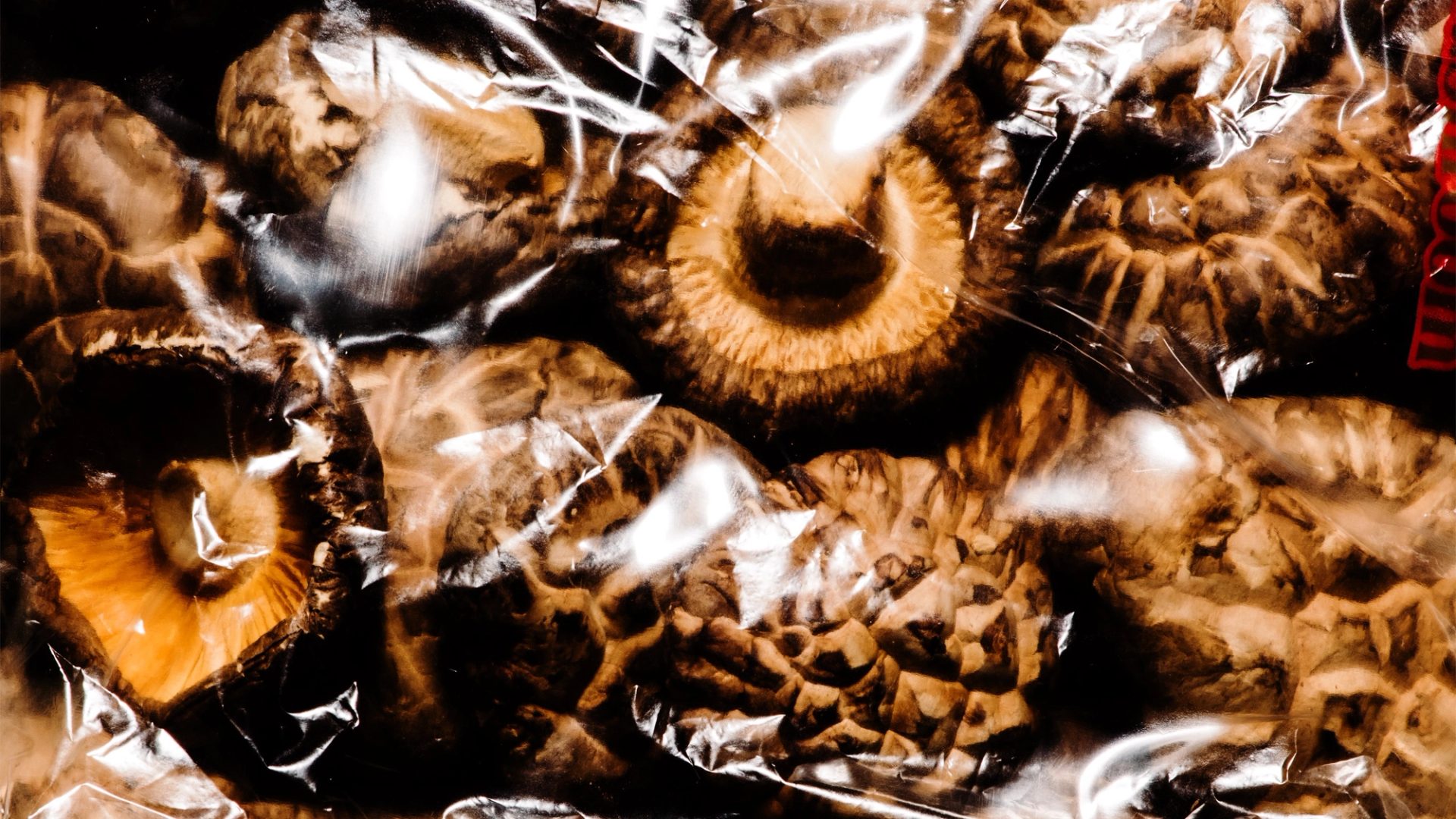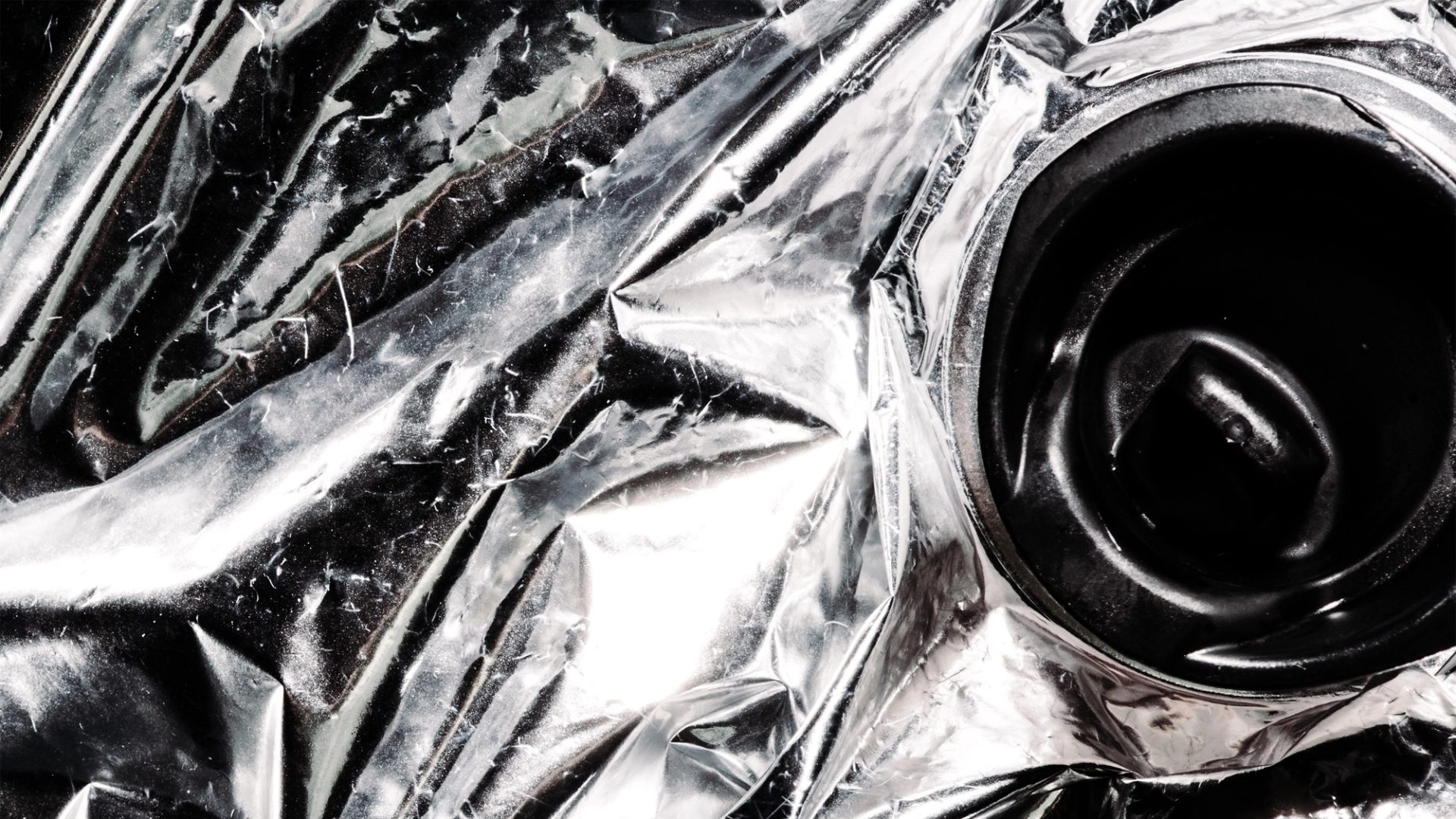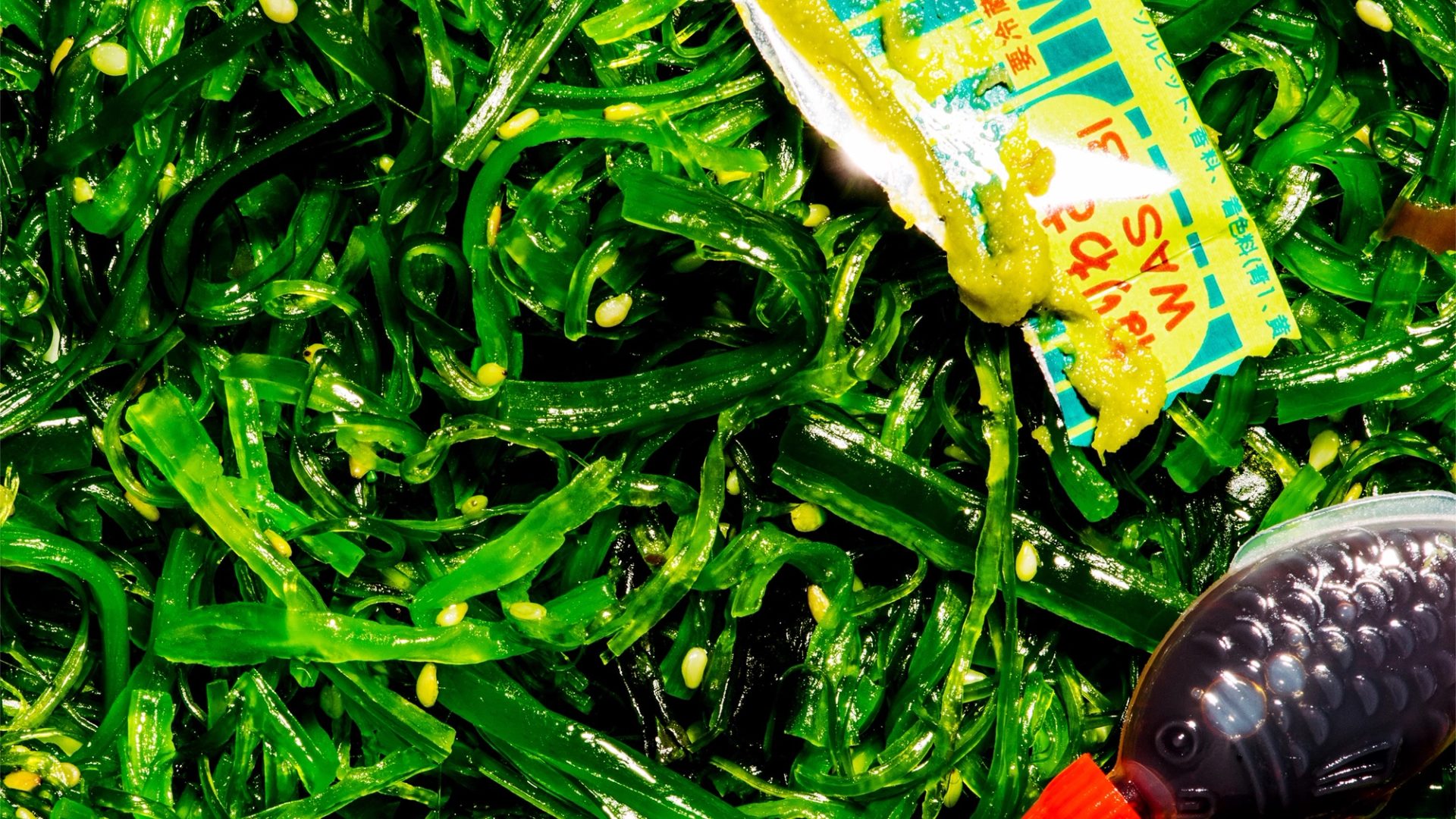Tomatoes

Culinary Archive Podcast
A series from the Powerhouse with food journalist Lee Tran Lam exploring Australia’s foodways: from First Nations food knowledge to new interpretations of museum collection objects, scientific innovation, migration, and the diversity of Australian food.
Tomatoes
Italy dismissed the tomato as poison for 200 years, though it’s now celebrated as a staple of its cuisine. Then, Italian migration to Australia helped make the tomato a mainstream ingredient here. Learn about the people who grow it, preserve it or cook it – whether it’s Italian Australians bottling passata in their second kitchen, the Cambodian refugee family growing heirloom tomatoes on a former zoo, or the Indigenous café owner serving bush tomatoes on her menu.
‘It always opens the conversation because people don't even know that we have a native tomato.’
Transcript
Lee Tran Lam The Powerhouse acknowledges the Traditional Custodians of the ancestral homelands upon which our museums are situated. We pay respects to Elders past and present and recognise their continuous connection to Country. This episode was recorded on Gadigal, Wurundjeri and Noongar Country.
My name is Lee Tran Lam, and you're listening to the Culinary Archive Podcast, a series from the Powerhouse. The Powerhouse has over half a million objects in its collection. From a century old handwritten tomato chutney recipe to an Indigenous bush tomato textile design by Lena Pwerle, to a 23-year-old jar of Nepal sauce made for Ken Done's Sydney Harbour Bridge pasta, the collection charts our evolving connection to food.
The museum's culinary archive is the first nationwide project to collect the vital histories of people in the food industry, such as chefs, producers, writers, and restaurant owners who've helped shape Australia's taste and appetites. Today we're talking about Tomatoes.
Leakkhena Ma When there's a glut of tomatoes, it's everywhere. You couldn't walk anywhere without seeing it.
Joseph Vargetto Some of those bottles would last 3, 4, 5 years. Even a bottle I think is about 20 years old.
Sharon Winsor It actually doesn't taste like a tomato at all. It's something quite different and unique.
LTL For nearly 200 years in Italy, the tomato was dismissed as poison and something to be feared. But today it's celebrated as a staple of the country's cuisine. Italian migration to Australia helped the tomato become a mainstream ingredient. Let's hear from the people who grow it, preserve it or cook it. Whether it's Italian Australians bottling passata in their second kitchen, the Cambodian refugee family growing heirloom tomatoes on a former zoo in Western Sydney or the Indigenous café owner serving bush tomatoes on her menu. But first, let's start with how this beloved ingredient ended up in our pasta and pizza and got such a bad reputation in the first place.
Cecilia Leong-Salobir Hi, I'm Cecilia Leong-Salobir, a food historian. The tomato by its scientific name, Lycopersicon, originated in South America.
LTL The origin story for tomatoes probably begins more than a thousand years ago as a wild plant in Central and South America, because a name comes from Nahuatl, which was commonly spoken in Central Mexico before Spanish colonisation. The theory that the tomato was most likely domesticated in Mexico seems rather solid but when we think of the tomato, we think of Italy, right? And its association with the country is pretty surprising given that Italy largely ignored the fruit for nearly two centuries.
See, the Spanish introduced the tomato to Europe in the 1500s, but the first recorded tomato sauce recipe doesn't appear in Italy until 1692. Turn to the pages of Lo Scalco alla Moderna, by Antonio Latini and his recipe resembles something more like a Mexican salsa, thanks to the chilies on the ingredients list.
We think of tomato sauce as a classic building block of Italian cuisine, whether it's layered in lasagna or slathered on a pizza base, but Antonio Latini, the first guy in Italian history to publish a tomato sauce recipe described this and named this as a ‘Spanish-style sauce.’
JV So, tomato is not an Italian thing. A lot of things in Italy are not Italian. You know, the Italians have been one of the great initiators or adapters. Hi, my name is Joe Vargetto, I am from Mister Bianco and Cucina Povera in Melbourne. I have been a chef in kitchens for approximately 27 years.
So, the tomato holds so much history. If you go to Italy and you talk about sauce, the first thing let's say is obviously tomato sauce. As you go down south, the sauce is very red. As you go up north, it kind of changes colour to a brown. There's more meat, there's more pork. The tomato came across and Europe changed as a land mass, and we started to become more segregated and became more religiously secular.
CL-S When tomatoes reached Italy by the middle of the 16th century, they were viewed with suspicion at first due to their perceived unusual qualities. Throughout the 16th century, Europeans in the south began to adapt to this fruit in the north. They still kept the distance a while longer continuing to claim the tomatoes poisonous. This continued in part because of the way dinnerware was made in Europe. The rich ate the food served in pewter vessels. Pewter is a metal with high lead content. Because of the high acid content of tomatoes, the lead from the plates was leashed out into the food.
‘We shouldn't be surprised that Italians shunned the tomato for so long. It was known as a poison apple after all. And the fact they were lethal when served on pewter plates means you might not look at the Powerhouse collection of such plates in the same way.’
LTL Again, Renaissance dieticians thought the tomato was bad news, and this devil fruit was also associated with werewolves. If people used to believe tomato pips alone could give you appendicitis, today you just refer to how delicious the whole fruit is.
JV Talking about the tomato, the whole thing from the leaves to the branches, leaves that you can marinate fish in. You can dry the branches and use as a smoking element, you can add to marinate things, you can do so much. The little green thing that connects the tomato to the branch, you can dry it, you can make like a tomato leaf powder. The skins you can dry, you can fry them. Deep fried tomato skin salted – amazing.
LTL But the tomato’s reputation rehab hadn't quite happened yet. I mean, when it was introduced to China, it was called ‘Barbarian's eggplant.’ But let's skip ahead to when tomatoes came to Australia.
CL-S Australian historian, Barbara Sandage tells us that at the time of the French revolution, when the first white settlers were negotiating an existence in Australia, the tomato was still a rarity in Botanic Gardens, even in Mediterranean France. Tomatoes were being grown in the Barossa Valley in 1848 and in the late 1840s, they could be bought in the Melbourne market for four pence a dozen, but they were not yet commonplace.
LTL If you look into the Powerhouse collection; you'll find a handwritten tomato sauce recipe from 1858. The telegraphic instructions are a little hard to decipher, but you do add a pinch of brown vinegar before you bottle the sauce. If you think of jars of tomato sauce today, though, you might think of the rows you see in the supermarket, which is sometimes called ketchup. You might not realise the name is from a Chinese word and ketchup originally was a fermented fish sauce, possibly originating from Vietnam. It transformed as it moved around the world, and at one point you could find mushroom ketchup in the UK, which author Jane Austin reportedly was a fan of.
Browse the Powerhouse collection and you'll see our local version of ketchup: tomato sauce represented in many vintage label sheets for Fountain, a Sydney company that began in 1906 in the space where Belvoir Street Theatre is now. Australia's appetite for tomato sauce only grew from there and would soon take on an Italian direction.
JV [My] parents came here in 1956. I remember being in a car, driving out to the farm, picking the tomatoes, bringing them back in the case, and then making the sauce. After a few years, places like Vic Market and Footscray Market, and then started to box them up. And we'd wake up really, really early the day before. Mum and dad and all the other relatives would be cleaning all the equipment, you know, 'cos it'd be in storage for quite some time. The equipment was very, very basic. It was more of a handheld or hand winding tomato press. Old vats that were used for washing babies, let's say, you know, the like little washing crates for baby’s baths and things like that. So, you'd never throw away anything, put [it] in your garage and you only use them once a year. So, everything would be washed all the bottles, washed all the equipment washed. And that was the lead up.
Then the ingredients came. So, you have main ingredients was obviously tomatoes, basil salt, and olive oil. Maybe you make your sauce. You make your different - peel tomatoes, you make your pickled vegetables, you've got the backyard growing, you've got your grapes. Then you make your wine. And then all the other elements as well, which is, you know, preserving, fermenting. Now we've got, you know, these radical terms, but back then it was just the norm. As I grew up and kind of got a little bit more Australianised I kind of questioned, why am I doing this? But anyway, my mum kind of sorted me out pretty quickly saying, you know, ‘this is what we do as a family.’
Archival Looking for Alibrandi Oh, in case you're wondering this is Tomato Day, or as I like to refer to it, National Wog day. You might think this is all quirky and cute, but I actually find this really embarrassing. I mean, you think they'd never left Sicily except that it was like 50 years ago.
LTL In Australia, Italian migrants called the garage ‘The second kitchen.’ It's where they go to make wine sausages, pickles, and yes, bottle passata. It's a culture and tradition. That's inspired Cucina Povera Vino Vero, which he’s running in Melbourne with Maurice Terzini, a restaurateur whose objects are part of the Culinary Archive. Here's Joe recalling his passata making memories.
JV So passata is literally, you take the tomatoes, you chop them up. You may wanna put a little bit of salt or a little bit of basil and you kind of marinate it a little and you put it into the machine, and you have the richness of the tomato fall into the vats. Pass it again, place all that tomato juice into a bottle, press hard, put them into a big colander and boil. Literally, it is just tomato juice that is encapsulated in a glass bottle.
Sugo is a different story; chop, chop, chop; pass it; put it into a pot; boil it with onion and garlic. And depending on the recipe then once it's kind of slightly warm, put it into a bottle, seal it, put it into the big boiling back for a very slow simmer for a couple hours. And then you just switch off the fire and you wait until the next day until everything goes cold. And then you start to bring everything out.
I was the smallest one. Sometimes my dad and my uncles would literally grab me by the legs and just put me into the vat - obviously the water was out - and right to the vat, right at the end. I was kind of, you know, dipped upside down and used as a human kind of grabber, if you wanna call it. 'Cos the drum was pretty big, which I thought was fun.
LM Hi, my name's Laks, my full name is Leakkhena Ma and my family and I, we grow tomatoes for Golden Field Growers. I was six years old and back then people didn't have daycare and childcare like they do these days. And even if they did, I don't think they could afford it with, you know, four kids and coming from a refugee background where they came to Australia with like virtually nothing, except for like a horrible history of the war and bad memories.
So, my parents would just keep us all around them on the farm. Give us a bucket each and say, “go up ahead, pick anything that's red. If it's red, pick it.” My parents had a roadside store as well with these buckets of tomatoes. And they said, ‘If anyone stops, it's $2 a bucket,’ like a little bucket. Luckily, I could count back then at least in increments of $2. If someone buys three buckets, it's two plus two plus two - that's $6 [laughs].
LTL So how exactly did they end up with a farm in Australia located at the base of the Blue Mountains and on a former zoo known as Bullen’s Animal World?
Archival Bullen’s Animal World advertisement Your all-inclusive safari ticket covers all shows and attractions except rides. Drive through the lion, tiger and bear reserve. See the dolphin and sea lion show, the parrot circus and pets' corner. Ride the safari railway, take a helicopter joy flight. There are picnic areas, a self-serve café and restaurants. The African Lion Safari, Warragamba Dam. Around the world adventure that won't cost the earth. [sung] It's the African Lion Safari. It’s scary, but nobody cares.
LM Back in the ‘90s, the Bullen family decided to subdivide their land. They still had animals on their land, and they had to give them away to the zoos that would take them. There are still some safari animals that just couldn't be accepted by the zoos. So, they kept them on one part of the land. When we first started farming, it was actually really interesting on one side of the farm. There was zebras roaming around with water buffaloes, monkeys in the trees and emus running around. And sometimes they would actually escape to our own farm and start chasing us that created like a lot of adrenaline.
LTL The idea of the second kitchen in Italian culture, here and overseas, was about being resourceful. You didn't waste the glut of summer tomatoes; you bottled them into passata. And pickling and fermenting other excess ingredients was about giving food a longer life.
JV In Sicily as well there was, you know, famine, people were dying on the streets because they had nothing to eat. If you go and see my relatives there, in Sicily or in Italy, or they've always got the second kitchen. Maybe not these days, but like my aunties have got the kitchen, which is an immaculate kitchen, which you use very rarely, maybe to make a coffee in the morning. But then you've got the outside kitchen, which is usually flanked by three freezers, all with chicken or schnitzel, you know, brodo and things like that. But that's all in the garage. Usually, the car’s parked a few meters away and there's a little table and often mum would cook all the fried stuff outside, like you know, they would go out to Williamstown or Queenscliff, and they’d get things like calamari or garfish and things like that - crumb it.
Wasn't anything that you would put in into Vogue Living to win a kitchen design awards. It was literally just raw or concrete walls, gas piping that was often done on the sly. If you had to ask me the question, ‘Did I think it was cool back then?’ No, I thought it was pretty embarrassing, but we had so much fun. The garage held so many secrets. The garage held so much laughter, the garage held so much growth, not just as a family, but as a nation, as well as the Italians or the other immigrants that came across like the Vietnamese and the Indians and so on. Everyone's got a very similar story, but it all, I think, is centralised by the fact that it's food that you have, that you need to make do with.
LTL This tradition of not wasting food continues today. Even for a tomato farmer, like Laks.
‘When there's a glut, I like to make passata or tomato sauce. When there's a glut of tomatoes...you couldn't walk anywhere without seeing it.’
LM And it drives my husband crazy because it's in the hallway, it's on the side table, it's in the kitchen, it's on our fruit dish, it's in the fridge. It's like everywhere. Tomatoes, when it's really expensive, you know, I don't eat it. Like it's expensive. I'm, you know, it's like, I'm not gonna treat myself. I'm gonna like actually create some revenue for the business. So only when there's like a little bit more of a glut, then I'm like, okay, you know, now I can eat it.
LTL Speaking of passata, Joe Vargetto’s home had plenty of bottles of it. And sugo, he had plenty of that too.
JV Some of those bottles would last three, four, five years, even a bottle that I think is about 20 years old. I actually opened it to see it was still good. Mum used to say, ‘You can always tell the difference in season as well.’ So, you know that this year, not very good tomatoes, so that would've been 1983. So, you'd pour the tomatoes into the pot, and you could see really good sauce. You know, the rich, because it was probably very sunny or hot in those times, it was rich sauce. “Oh, that was 1984.” The next year maybe rained too much watery. “That was 1985.” So, I actually could see the differences in years and that literally encapsulated the freshness of those tomatoes. Italians grew up with these beautiful tomatoes. However, in Australia, now you can see the market is flooded with an enormous amount of different varietals. Before, you know, you'd only get like beef steak or Roman tomatoes. Now you can get literally anything, you know, green tomatoes that are black inside, red tomatoes that are green inside. You name it.
LTL But having a variety of tasty, interesting tomatoes, wasn't always a given in Australia.
LM The crossbred tomatoes were starting to taste tasteless, and you know, they started to have thick skin, be really acidic. So that's how we all got into heritage tomatoes. But the problem with growing heritage tomatoes is that it requires a lot of expensive setup and it's a difficult to grow tomato - which is why people stopped growing them many years ago in a commercial way because they they're like little babies. You have to really look after them. The moment the rain come that all splits, the moment the sun comes, they all get sunburnt. The moment the wind blows, all gets scratched. What everyone realised is that in order to grow these heritage tomato, you needed a greenhouse, which is like a really sheltered environment for them so that you can pick them for a lot longer. They're not good looking, these heritage tomatoes. This is why people stopped growing them many years ago.
Not only are they [a] weird shape, they've got like these weird skin patterns. Sometimes, you know, sometimes they look like someone sat on them and they split into four. They're also fleshier. The interesting thing about heritage tomato is that you can actually eat them when they're green and they still taste good. I think that's like the biggest difference between these heritage tomato and these hybrid tomatoes.
Heritage tomatoes are easily bruised and because they require such delicate handling their price is usually a bit more expensive as well. You can't just throw them into the bucket. You can't just pour them into the machine for the machine to grade and brush and clean and wash and roll into the boxes. It needs to be all handled by hand, in a soft way. The sort of tomatoes that we grow from back in the old days would be red ox heart, pink ox hearts, black Russians, green zebras, yellow golden Jubilee, the green zebras as well.
We like to sell them loose in single colours. And we also like to sell them in a mix because a lot of restaurants in cafés like to do these heirloom salads, where different coloured heritage tomatoes make a really nice dish with little bit, you know, balsamic vinegar, a bit of oil, some cheese, some basil, or they can be roasted as well, which is really tasty.
The best thing about anything that's heirloom or heritage is that you can actually grow them all from seeds. You can actually just take like a ripe tomato, and I shouldn't say this, but squeeze the thing and then dry it out, dry the seeds. And then you can actually take these seeds. And pretty much almost every single seed is viable. My family has been saving these seeds diligently every single year. You can actually grow them perpetually forever and ever as long as you remember not to eat all the tomatoes or sell all the tomatoes and actually save something for the future.
LTL Search through the Powerhouse collection and you'll find various Indigenous depictions of the bush tomato from the Eora to Alice screen by Gomilaroi artist Leonie Dennis to a coolamon – or a dish used to carry bush tucker – that depicts the Bush Tomato Dreaming.
Someone who knows a lot about bush tomatoes is Sharon Winsor, the Ngemba Weilwan businesswoman behind Indigiearth, which sells bush tomato products. She also runs Warakirri Dining, which offers bush tomato quiches and other menu items that showcase Indigenous ingredients and culture.
Sharon Winsor I've been in the industry, commercially for 26 years. Probably about 15 years ago I first encountered the native tomato. It was through another Aboriginal business, a lady who I still do quite a lot of work with Rayleen Brown from Kungkas Can Cook in Alice Springs. So along with all of our native ingredients, the bush tomato is no different with the cultural significance and how they're harvested. One of the reasons I support Rayleen quite a lot is that Rayleen just works with the women and the young girls out on Country in Alice Springs. Traditionally, bush food is women's business and being able to support that is something that is important to me, the community and the women that Rayleen work with in wild harvested bush tomato. There are some other growers who are now farming and cultivating the bush tomato, but there is a significant difference in the wild harvested and the cultivated bush tomato and being able to wild harvest and continue those cultural practices and looking after mother earth and looking after Country in the process is very important and something I'm passionate about.
LTL So, what does bush tomato taste like and how does Sharon Winsor use them at her Warakirri Café in Mudgee, New South Wales?
SW What I think it tastes like varies to other people. I describe it as an earthy, burnt caramel flavour. I've had other people tell me that they think it tastes like burnt Vegemite or lots of other different flavours. So, I think it depends on the pallet and who's tasting it. I'm actually quite used to eating lots of native foods, so I don't find the bitterness of some fruits unappealing at all. I actually like those flavours. I get that quite a lot, how to compare it to European tomatoes or ingredients. And it actually doesn't taste like a tomato at all. It's something quite different and unique and commonly known as a desert raisin, probably a little bit more similar to a sundried tomato that you can buy - like a marinated, sundried tomato. Any of the flavours that we serve at the café always opens the conversation. “What is this? Where does it come from?” And it still surprises me how little people know about native foods and how many varieties of native ingredients that we have. And we have a good size garden at the café where we're using plants and ingredients. And so, people can walk through the garden and have a look and smell and taste as well.
LTL Tomatoes can kickstart a conversation about the reality of growing the fruit during a time of climate change, particularly with hybrid species.
LM Hybrid is when you take one tomato, then you cross it with another tomato. Basically, you're finding plants that are a variety that's more tolerant to these particular weather patterns and you're crossing with another variety. All it takes is one or two days, particularly two or three days of extreme weather to stress a plant to its death. And in the last three years, even I've noticed that we're experiencing this severe weather. A lot of these fruit and vegetables have a lot of water content inside them. And you are basically boiling the water inside these fruit and vegetables, and tomato is no exception. After those couple days of extreme heat wave all growers, including our self, suffered heat damage and heat burn on our tomato crops. And it was pretty much a total loss inside our greenhouses. And when it was about 48, 49 degrees inside the greenhouse, we were looking more like 55, 60 degrees.
The flip side also is cold weather and two or three consecutive days of these sort of temperatures is basically enough to kill the plant. It's like putting all our plants into the freezer. The sad thing about the future is a lot of the heirlooms probably won't be viable and won't be able to survive the coming change. There'll be like a shorter growing season for all these heirlooms. It's a lot of work in order to bring a piece of something edible from seed onto someone's plate.
LTL Speaking of work, in 2017 Sharon Winsor collaborated with Fanny and Alex Chan from Boon Chocolates. She sent bush tomatoes and other native ingredients for them to experiment with in their Sydney chocolate shop. When Alex Chan tried the bush tomatoes, which were tiny in size, he was thrown off guard by how unbelievably powerful their flavour levels were. ‘This is like Chinese medicine.’ he said and laughed, ‘it's so intense.’
SW I quite like the bitterness of the bush tomato with chocolate. I have had that comment a few times actually about some of our native flavours with Asian cultures, that it tastes more medicinal.
LTL Speaking of Asian flavours, let's hear Laks talk about a dish that's personally significant to her, built from the unique tart taste of green tomatoes.
LM It's something that I grew up with. It's like a very herby type of soup, a lot of green things in it, green papaya, green tomatoes, green carrots. I couldn't even describe what it tastes like because there's no comparison to it that you can actually get in a restaurant in Sydney. Tomatoes in Cambodian soups are actually added pretty much in the last five minutes. So, you can get a bit of texture. You can see the tomatoes; you don't want it to break down into like a puree in your soup. No one's got time to make this sort of soup any more because it involves a lot of grinding in a mortar and pestle of all your spices and then simmering, you know. The name for that is somlor proher, which is, is very tedious. You could dedicate four or five hours just to make a soup that would be eaten in like five minutes.
LTL On the topic of people's cooking habits, Sharon Winsor hopes to change them, especially when it comes to using bush tomatoes.
SW We sell the product in 50-gram packets, retail for people to use at home in their cooking. We supply other chefs and restaurants as well. I think as it becomes a little bit more known out in the industry and just publicly as well, people might start trying it a little bit more. We've just had our bush tomato chutney and 10 other products go into Woolworths. Hopefully through that process, it'll become a bit more of an everyday product and it doesn't have to be used just for special occasions or just for NAIDOC or Reconciliation Week. It's something that can be used and enjoyed all the time.
LTL The poison apple, the devil's fruit, barbarian's eggplant, tomato, tomato, whatever you wanna call it. This fruit has traveled a long way since it first originated in Central and South America. Cecilia Leong-Salobir explained its introduction to Australia and Joe Vargetto told us about his Italian family's tomato preserving traditions, hand making passata and sugo in the garage; a space full of secrets, laughter and bottled tomatoes that still are edible 20 years later. So maybe the Powerhouse collection’s canned Napolitan sauces from 1999 could still be worth sampling today?
Leakkhena Ma revealed the rainbow of tomatoes that she and her family grow on a farm that used to be home to lions and other wildlife. And Sharon Winsor reminded us of the cultural significance of native bush tomatoes harvested in Alice Springs. They're also known as desert raisins, and they make for a good chutney and are worth eating all the time. Today, we no longer fear the tomato or assume it has sinister werewolf connections, and welcome its tangy, sour, bracing and sweet flavours in a pasta sauce, Cambodian soup or a sandwich.
LM The green tomatoes, I like to use them in soup. And I particularly like them pickled because [it’s] such a quick way to use it. And it's really refreshing.
JV Tomatoes, how to eat them. The best way is slice, little bit of salt, [a] little bit olive oil and some black pepper on top and off you go.
LTL This episode was inspired by items from the Powerhouse collection such as a hand-written tomato sauce recipe from 1858, vintage label sheets for Fountain tomato sauce, a coolamon depicting the Bush Tomato Dreaming and more that were mentioned in this episode.










